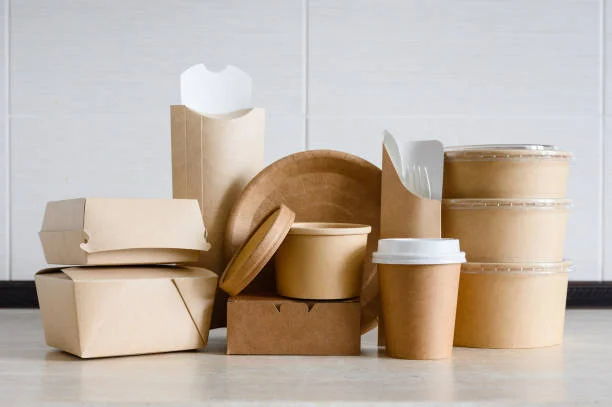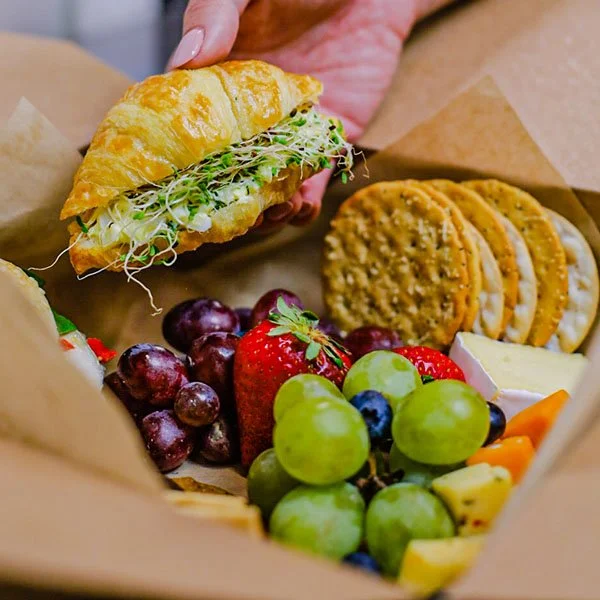
- English
- Español
- Português
- русский
- Français
- 日本語
- Deutsch
- tiếng Việt
- Italiano
- Nederlands
- ภาษาไทย
- Polski
- 한국어
- Svenska
- magyar
- Malay
- বাংলা ভাষার
- Dansk
- Suomi
- हिन्दी
- Pilipino
- Türkçe
- Gaeilge
- العربية
- Indonesia
- Norsk
- تمل
- český
- ελληνικά
- український
- Javanese
- فارسی
- தமிழ்
- తెలుగు
- नेपाली
- Burmese
- български
- ລາວ
- Latine
- Қазақша
- Euskal
- Azərbaycan
- Slovenský jazyk
- Македонски
- Lietuvos
- Eesti Keel
- Română
- Slovenski
- मराठी
- Srpski језик
Why Carton Packaging Is a Hit in the Food Industry
2025-10-14
Zemeijia carton packaging is now mainstream for food, and it’s not by chance—it fits food packaging needs perfectly, thanks to four key reasons.
First, it’s safe and keeps food fresh. Good food cartons use virgin wood pulp or food-grade recycled paper. Their linings have PE films or aluminum foils. Unlike some plastics or metals, cartons keep food safe, great for dairy, baked goods, ready meals.
Second, it’s portable and adaptable. Light and foldable, it’s easier to hold, carry or transport than glass and metal, cutting logistics costs. It’s also flexible—cereal boxes have easy-tear openings, pizza boxes keep crusts dry, gift boxes have handles, fitting snacks to holiday gifts.
Third, it’s cheap for businesses and boosts brands. Paper is easy to get, and carton production is mature, cheaper than glass, ceramic or plastic and ideal for instant noodles, yogurt. Its smooth surface is easy to print on, showing ingredients, logos or cute designs, attracting buyers and strengthening brand memory.
Finally, it’s eco-friendly. Most food cartons are recyclable, matching global sustainability trends and consumers’ green needs.
With all these pluses, cartons meet food safety and freshness needs, help businesses control costs and promote brands, and fit consumers desire for portability and eco-friendliness, no wonder they’re top choice for most foods.





